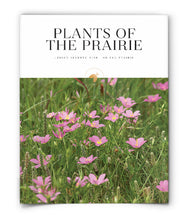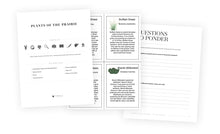Have you ever been to the prairie? Picture tall grasses and colorful wildflowers bending in the wind with hardly a tree in sight. Prairies are typically wide open plains of grasses and forbs. Grasses are basically plants with long, narrow leaves while forbs are flowering plants that don’t fit into the grass family. There are many species of both that inhabit the North American prairies. One thing most prairie plants have in common is their root systems. One of the best adaptations for prairie plants includes deep roots that can anchor the plant and also reach down into the soil to absorb moisture and nutrients even in dry conditions. Prairies can be categorized into different types, and of course, each type will have different plants adapted to growing in it. Dry prairies aren’t as flat as most prairies, and their soil doesn’t hold as much water. Shorter grasses usually dominate this landscape. Wet prairies are like wetlands and hold a lot of water. Plant species here must be able to tolerate wet conditions most of the year. Mesic prairies have good drainage but also retain some moisture, so they are ideal growing conditions for tall grasses.




